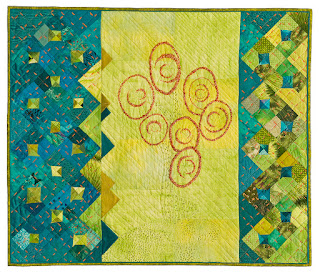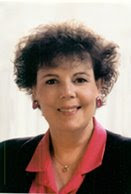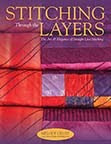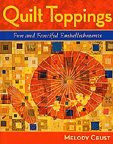Its no surprise that I am a fiber person. Besides collecting quilters cottons, I have managed to amass quite a bit of other stuff. I'm not sure what the general term for all this 'fabric' is but the old stuff I call 'linens'. The defination of Linens being "household goods intended for daily use, such as bedding, tablecloths and towels."
A Bit of History:
The earliest known household linens were made from thin yarn spun from flax to make linen cloth. Ancient Egypt, Babylon, and Phoenicia all cultivated flax crops. The earliest surviving fragments of linen cloth have been found in Egyptian tombs and date to 4000 B.C.
Linen was an especially popular cloth during the Middle Ages in Europe, and the tradition of calling household fabric goods "linens" dates from this period. According to Medieval tradition, which survived up until the modern era, a bride would often be given a gift of linens made by the women in her family as a wedding present, to help her set up her new married home. In France this was called a trousseau, and was often presented to the bride in a wooden hope chest.
The Industrial Revolution brought huge changes to cloth manufacturing.
The rise of European colonialism at the same time helped support the
rapid growth of cloth production by creating many cheap sources of raw
materials. British cloth manufacturers would import raw cotton from
America and the British West Indies to Ireland, where it would be spun
into yarn. The yarn would be imported into England, where mechanized
factories employed thousands of workers, who would weave cloth on
industrial looms. In 1781, a cloth producer from Manchester testified
about his business to a committee of the House of Commons in the British
Parliament. He stated that he employed 6000 workers, who would print
and stamp 60,000 yards of cotton and linen fabric a year. Other
European countries manufactured and traded their own types of household
linens as well, and mass manufacturing techniques and trade competition
gradually made affordable household linens common.
Today, the
term "linen" is still used for all related products even though most are
made of cotton, synthetic fabrics, or blends.
In the next few weeks I'll post pictures of my 'stuff' and ways I use it in my quilts.




















